JohnS.
TPF Noob!
- Joined
- Jul 9, 2008
- Messages
- 330
- Reaction score
- 20
- Location
- New York, USA
- Can others edit my Photos
- Photos OK to edit
I myself have the 18-105 f/3.5-5.6. I got a mint one used off eBay for $275 shipped which is a pretty good deal. The 18-200 is another good option if you want extra reach.
I don't know how well the D5300 does with higher ISO but I personally would invest in an external flash. I love my SB-600. I use it every time I shoot indoors.
You sound pretty happy with your experience with the 18-200 so I would recommend that which would leave money for an external flash and maybe even a little more left over for a 35mm 1.8 or 50mm 1.8.
I don't know how well the D5300 does with higher ISO but I personally would invest in an external flash. I love my SB-600. I use it every time I shoot indoors.
You sound pretty happy with your experience with the 18-200 so I would recommend that which would leave money for an external flash and maybe even a little more left over for a 35mm 1.8 or 50mm 1.8.


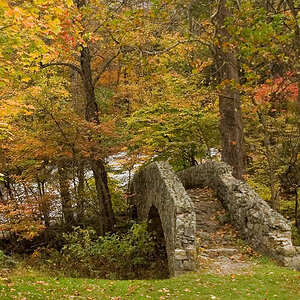
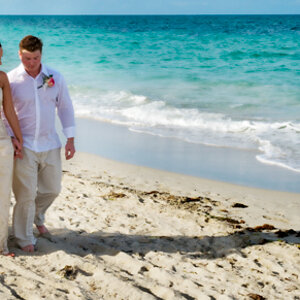
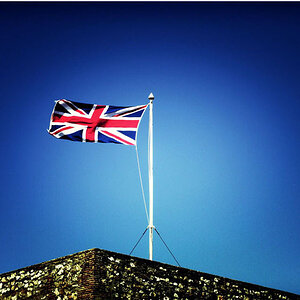


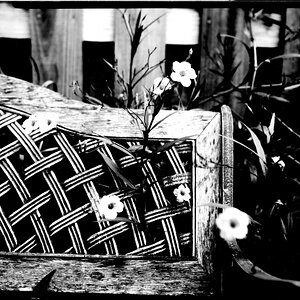
![[No title]](/data/xfmg/thumbnail/32/32005-d13a0bcc56327c42bd32dff4b0776658.jpg?1619735150)
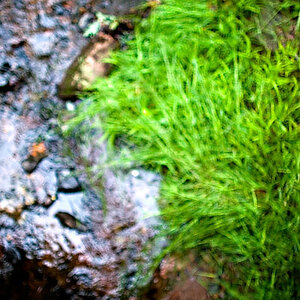
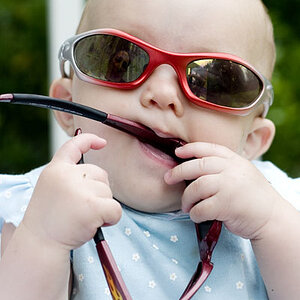
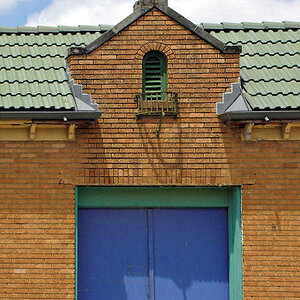
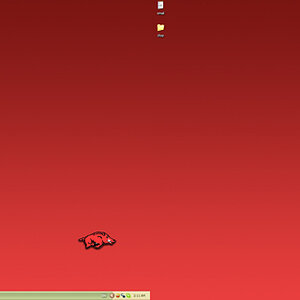
![[No title]](/data/xfmg/thumbnail/32/32160-4e45e524b050f1afae9fd21bf696d61b.jpg?1619735234)